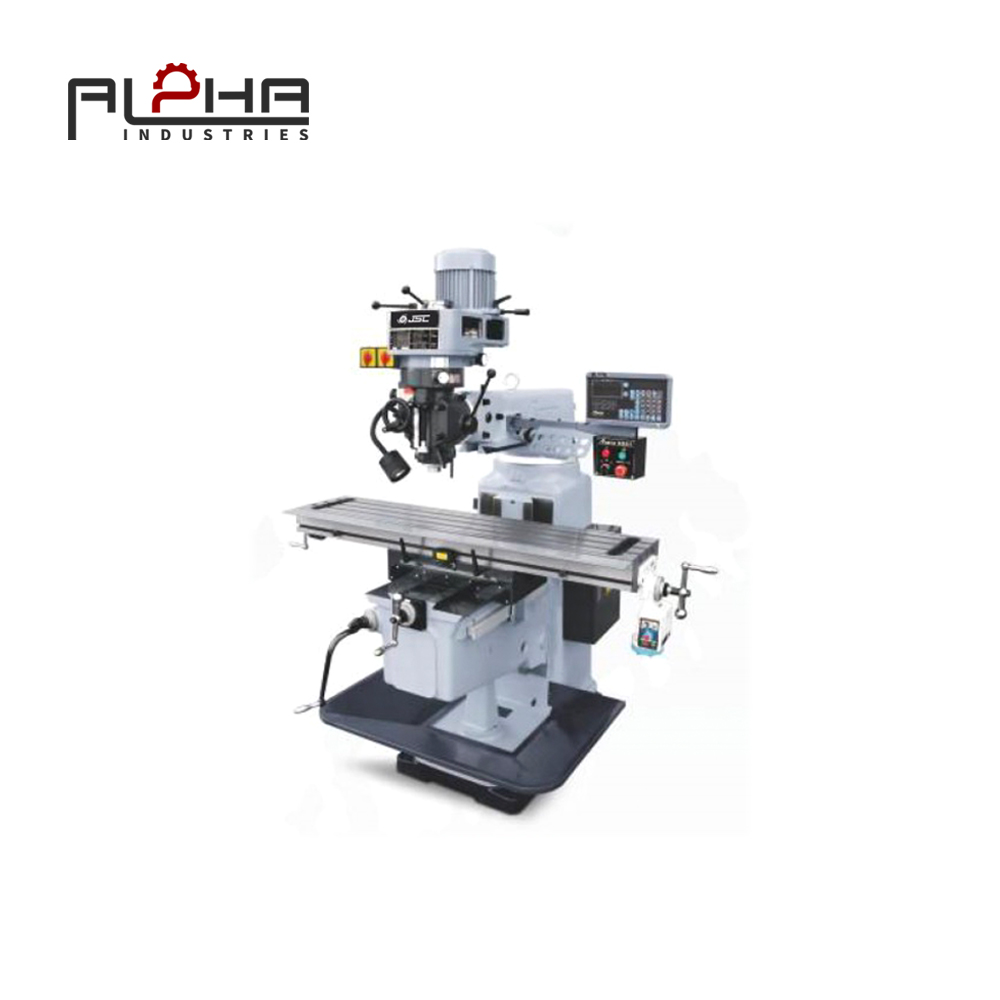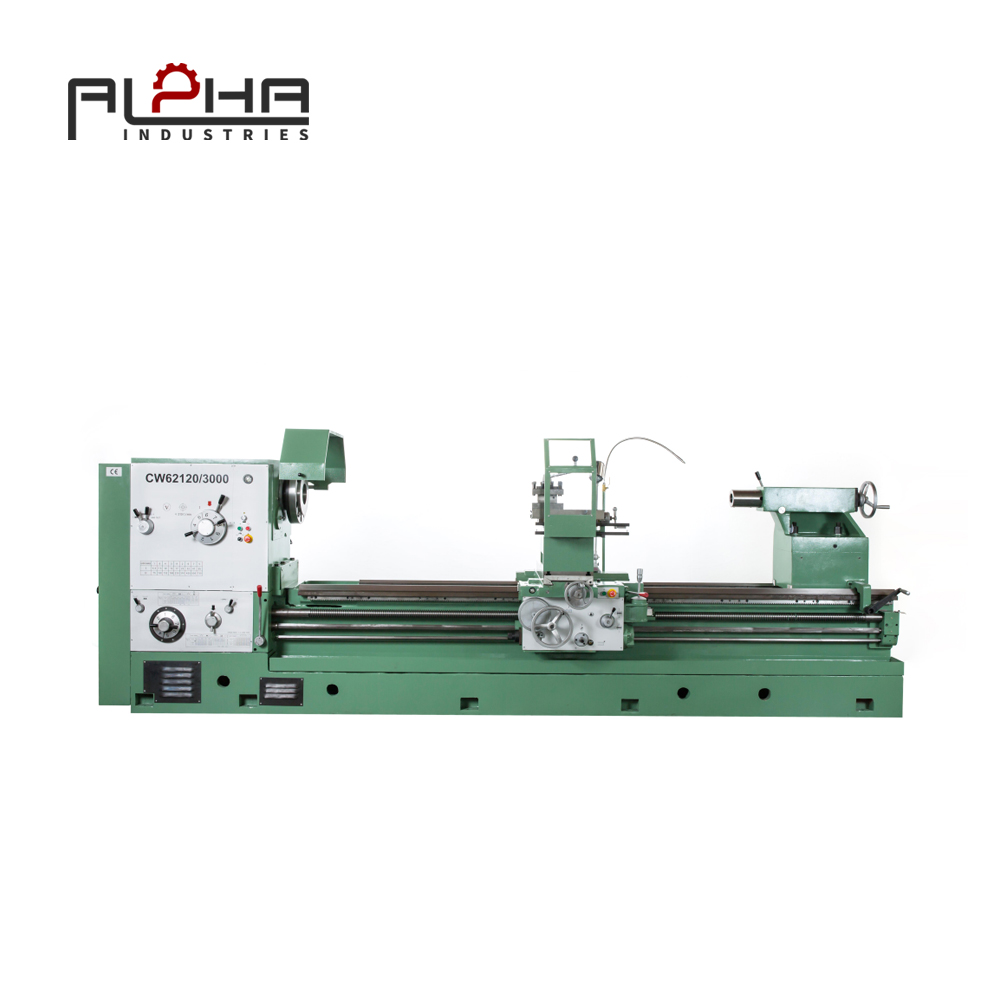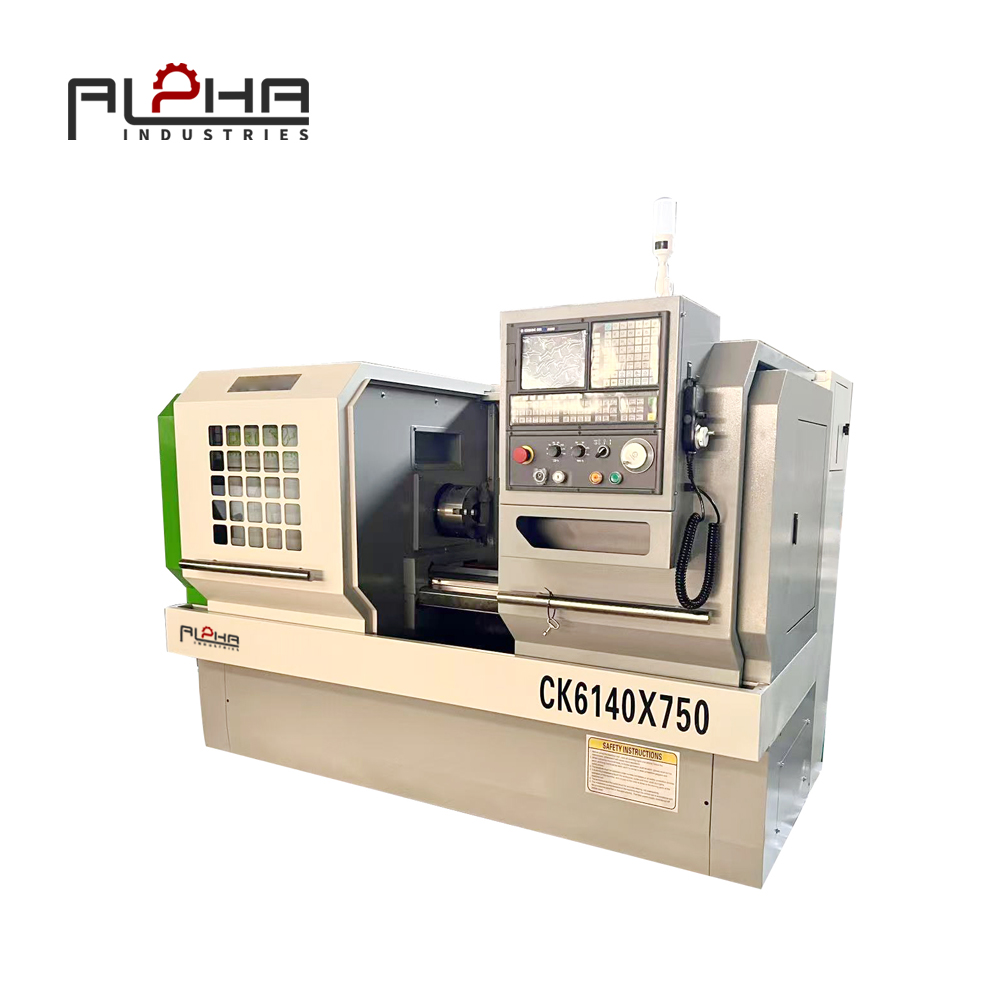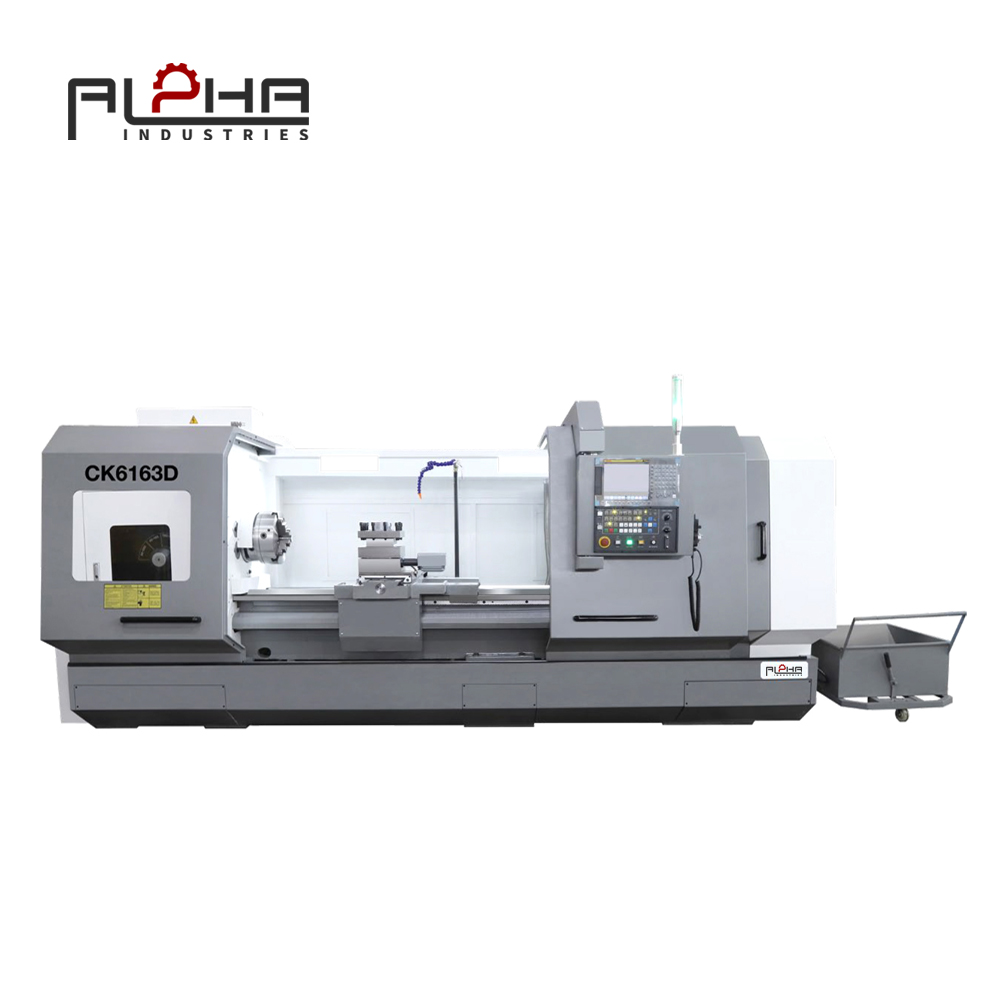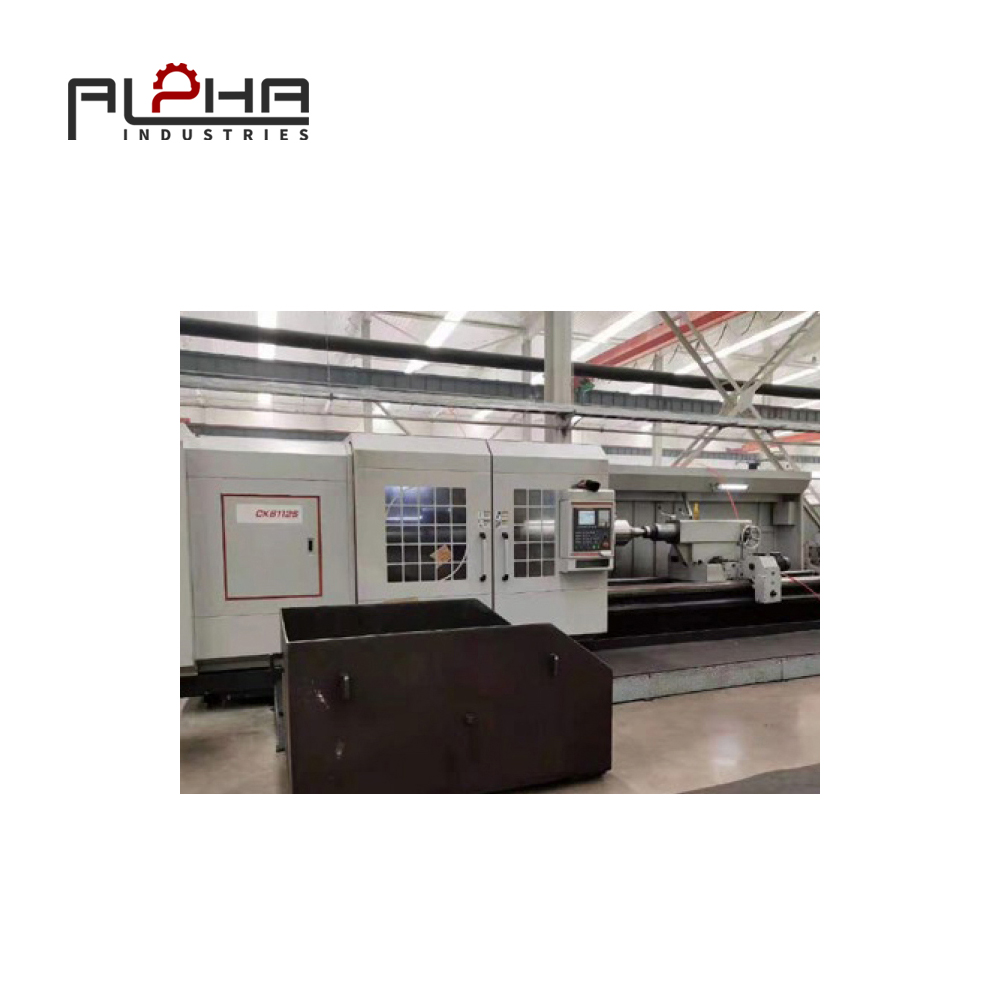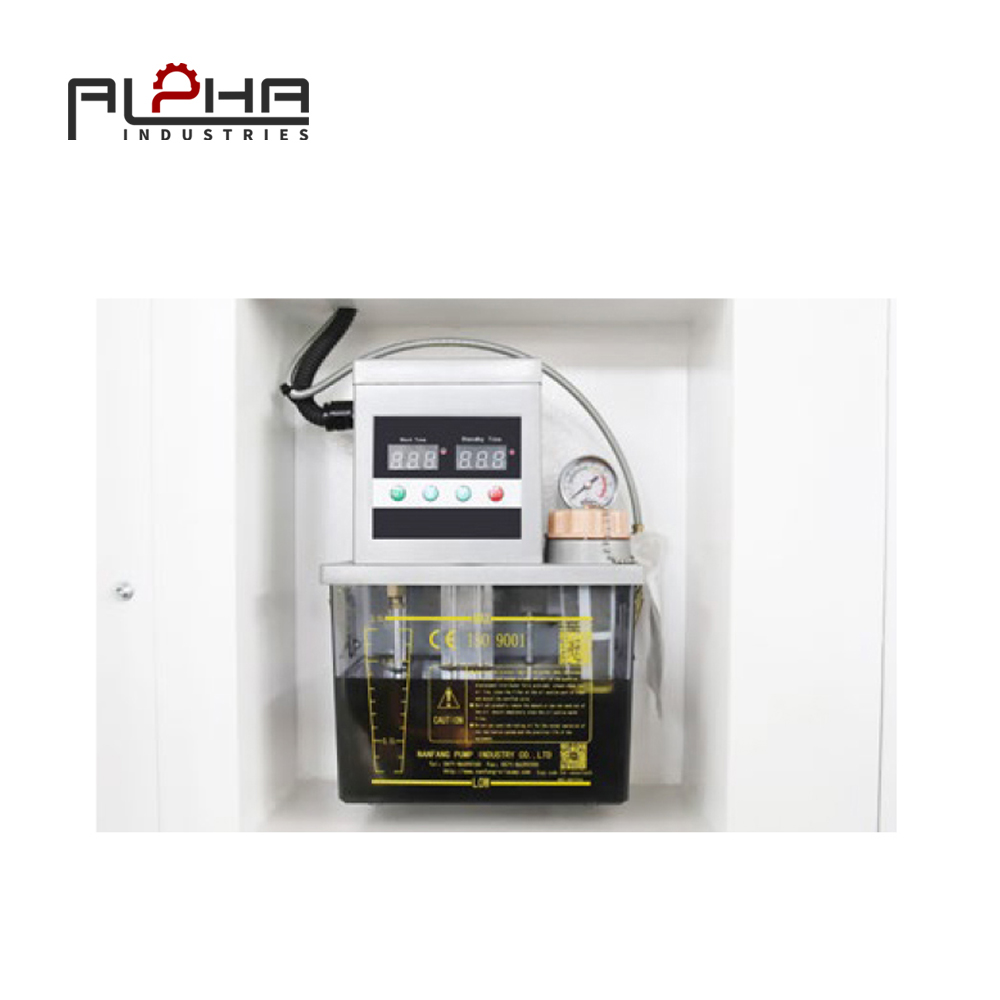In modern manufacturing, thread cutting remains a critical operation that is critical for dimensional accuracy and surface integrity. Precision lathes designed specifically for thread cutting provide manufacturers with an essential tool to produce consistent and high-quality threaded components. These specialized machines meet industries such as aerospace, automotive and oil and gas, where precise threads are critical to safety and performance.
Why accurate slats perform well in thread cutting
Thread cutting requires synchronous consistency between spindle rotation and tool feed. Precision lathes are designed with high resolution servo motors and advanced thread cycles to ensure flawless lead and pitch accuracy. Their powerful spindle systems minimize jumps and vibrations, and it is crucial to maintain thread geometry even in hard metals such as titanium or stainless steel.
In addition, the accuracy bed is equipped with a high stability bed (usually made of Mihani rock cast iron or steel with reduced pressure), which reduces thermal deformation. This structural integrity maintains tool alignment over extended production runs, thus preventing accumulated dimensional errors in threaded parts.
Key features of thread cutting lathe
-
Leadscrew and Feed Rod accuracy:Dual drive systems enhance the accuracy of feed synchronization and are critical to metrics, empires or custom threads.
-
End-disk alignment system:Advanced tail support configuration supports long workpieces to prevent deflection during threads.
-
Thread dial indicator:Enables accurate reengagement of the thread tool for rotating parts to maintain continuity of thread paths.
-
Rear tool rigidity:The enhanced clamping force in the tool post reduces tool tremor, providing a smooth line surface and minimizing post-processing.
-
High-precision gears and bearings:Helps reduce rebound and is crucial for tight thread tolerances.
Application of precision thread cutting workshop
These lathes are crucial in production:
-
Fasteners with critical tolerance:Bolts, screws and nuts for aviation and automotive components.
-
Custom pipelines:Hydraulic and pneumatic systems that are essential for preventing leakage.
-
Medical Implants:Threads on orthopedic screws with micron-level accuracy are required.
-
Energy sector components:Threaded couplings and connectors for oil drilling equipment.
Material handling and process adaptability
Precision lathes can handle a wide range of materials, including hardened steel, superalloys and nonferrous metals. With adjustable cutting speeds and feed rates, operators can adapt threading processes to the specific processability index of the material, ensuring optimal tool life and thread integrity.
Support tools and threading standards
Modern precision slats support threading standards such as ISO, UNC, UNF, BSPT, NPT and ACME threads. The threading tools range from traditional carbide inserts to polycrystalline diamond (PCD) tools for abrasive materials, ensuring versatility of internal and external threads.
Quality Control Integration
The integrated detection system allows for process measurements of thread depth, pitch and side angle. This feature ensures that any deviation from the specified thread profile is corrected immediately, reducing waste rate and rework.
FAQ:
1. What are the advantages of using precision lathes for fine wire cutting?
Accurate lathes ensure stable pitch and thread depth, minimizing deviations even in complex or fine thread tasks. This leads to higher quality, especially for components that must meet industry standards.
2. How can an accurate lathe maintain accuracy during long thread cycles?
Precision lathes use thermally stable bed materials and high-size spindles, combined with feedback-controlled servo drives. This minimizes thermal growth and mechanical drift during extended operation, ensuring line uniformity.
3. Which type of threading tool is best for use on precision lathes?
Carbide plug-ins are commonly used for standard threads due to their durability. For materials such as aluminum or composites, PCD or CBN tools have excellent wear resistance and produce cleaning threads.
4. Can precision lathes cut metric and imperial lines?
Yes, the precision-mounted design has a multifunctional threading system that can produce both metric and imperial thread forms. The control system allows seamless switching between standards without mechanical changes.
5. Which industries benefit the most from precise lathe cutting?
Industry such as aerospace, automotive, energy (oil and gas) rely heavily on precise thread cutting to ensure component integrity, safety and performance.



